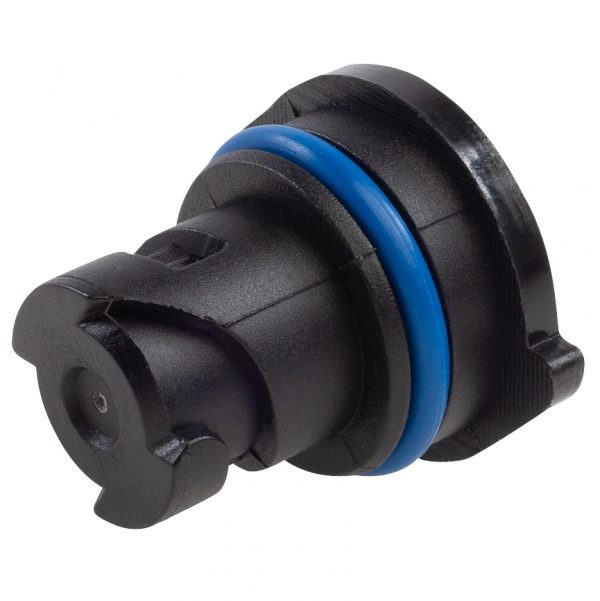steering rack seal
Understanding Steering Rack Seals Importance and Maintenance
Steering rack seals play a crucial role in the functionality, safety, and longevity of a vehicle's steering system. As one of the primary components responsible for ensuring smooth and efficient steering commands, these seals deserve closer attention, particularly regarding their maintenance and replacement.
At its core, the steering rack is a part of the steering mechanism that converts the rotational motion of the steering wheel into the linear motion needed to turn the wheels. The steering rack seal is designed to prevent hydraulic fluid leakage from the steering rack assembly. This hydraulic fluid is essential for providing the necessary power assistance to the driver, making steering lighter and more responsive, especially in larger vehicles or during low-speed maneuvering.
Over time, steering rack seals can experience wear and tear due to factors such as age, environmental conditions, and contamination from dirt and debris. Common signs of a failing steering rack seal include visible fluid leaks around the steering rack, a noticeable increase in steering effort, or unusual noises while steering, such as grinding or whining. Addressing these issues promptly is vital, as neglecting them can lead to more severe problems, including complete failure of the steering system, which can compromise vehicle safety.
Regular maintenance of steering rack seals can help extend their lifespan and ensure optimal performance of the steering system. This maintenance may include checking the condition of the steering fluid, inspecting for leaks, and replacing old or damaged seals as needed. In many cases, automotive technicians recommend replacing the steering rack seals when servicing the entire steering rack assembly, especially if there are already signs of wear.
steering rack seal

When it comes to replacing steering rack seals, it is crucial to select high-quality parts that meet the manufacturer's specifications. The materials used in steering rack seals are designed to withstand high pressure and varying temperatures. Utilizing inferior or incompatible seals can lead to premature failure and more significant issues down the line.
Additionally, the installation process requires precision. Technicians must ensure that the seals are seated correctly and that there is no contamination during installation. Improper installation can lead to leaks even with new seals in place, defeating the purpose of the replacement.
For vehicle owners, being proactive about steering rack seal health is essential. Regular inspections and services can prevent costly repairs and enhance the overall driving experience. Many automotive service centers offer comprehensive inspection packages that include checking the steering system, so it is worthwhile to take advantage of these services.
In summary, steering rack seals are a vital component of a vehicle’s steering system, ensuring proper power assistance and steering responsiveness. By understanding their importance, recognizing the signs of wear, and committing to regular maintenance, vehicle owners can significantly improve their vehicles' performance and safety. Whether it’s through routine inspections or timely replacements, taking care of steering rack seals is an investment in the durability and safety of any vehicle on the road.
-
The Ultimate Guide to Car Repair Kits: Tools and Essentials Every Driver Should Own
News Aug.01,2025
-
The Complete Guide to Oil Pan Gaskets: Sealing Engine Leaks the Right Way
News Aug.01,2025
-
Preventing Oil Leaks: A Complete Guide to Oil Pan Gaskets and Drain Seals
News Aug.01,2025
-
Everything You Need to Know About Oil Pan Gaskets and Drain Plug Seals
News Aug.01,2025
-
Essential for Car Owners: How to Use a Car Repair Kit to Deal with Minor Breakdown
News Aug.01,2025
-
Comprehensive Guide to Engine Oil Sump Gaskets and Related Seals
News Aug.01,2025
-
The Ultimate Guide to Boat Propeller Bearings and Trailer Wheel Bearings
News Jul.31,2025
Products categories















